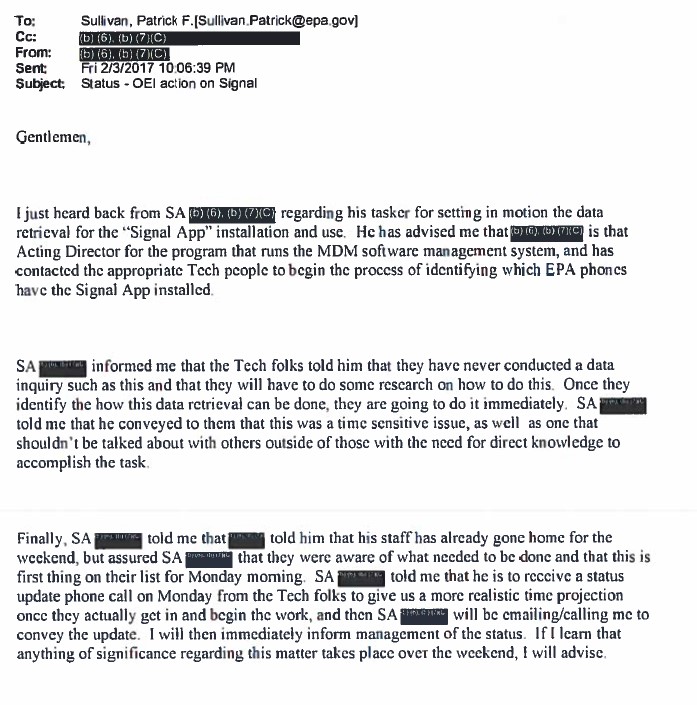Earlier blog posts on criminal justice and policing reform focused on overcriminalization, mandatory minimums, and other perverse incentives within our justice system. This post will focus on the Sixth Amendment and Plea Bargaining. For the purposes of this post, “plea bargaining” refers to “agreements between defendants and prosecutors where defendants agree to plead guilty to some or all the charges against them in exchange for concessions from the prosecutors.”[1] Because of the extensive use of plea bargaining, the Sixth Amendment right to public trial is fading.
Over 200 years ago, the United States Constitution became the supreme law of the land with the later accompaniment of the Bill of Rights. Included in the Bill of Rights is the Sixth Amendment, which states: “In all criminal prosecutions, the accused shall enjoy the right to a speedy and public trial, by an impartial jury of the State and district wherein the crime shall have been committed…; and to have the Assistance of Counsel for his defence [sic].”[2]A criminal defendant’s right to a jury trial exists to prevent the oppression from the government.[3] Further, “providing an accused with the right to be tried by a jury of his peers gave him an inestimable safeguard against the corrupt or overzealous prosecutor and against the compliant, biased, or eccentric judge.”[4]
As mentioned in an earlier post, we have started to see a rise in the use of mandatory minimums. Because of this, there has been a shift from using the trial process, to using a plea bargain.[5] In fact, today only 3% of federal cases are resolved by way of the Sixth Amendment.[6] According to Jenia I. Turner, PLEA BARGAINING, “plea bargains increasingly require defendants to waive important procedural rights that are designed to ensure fair and accurate outcomes.”[7] The right to remain silent, confront witnesses, have a public trial or jury trial are all inherently waived by a guilty plea.[8] Thus roughly 97% of federal cases are resolved without these procedural protections.
In many jurisdictions, judges are prohibited from participating in or commenting on the plea negotiations.[9] Most sentencing power now lies with the prosecutors, who have minimal boundaries. In fact, there is only one restriction placed on prosecutors: they cannot use illegal threats to secure a plea.[10] For example: “If a prosecutor says, ‘I’ll shoot you if you don’t plead guilty, the plea is invalid.”[11] Alternatively, if a prosecutor threatens to charge a defendant with a crime punishable by death at trial, and this threat causes the defendant to accept a plea agreement, this method is lawful.[12] Further, with the presence of probable cause, prosecutors can threaten to bring charges against the defendant’s family[13] Today, individuals who elect to use their Sixth Amendment right, essentially face harsher sentences than those who accept a plea bargain.[14] With mandatory minimums and other sentencing enhancements, prosecutors can often dictate the sentence that will be imposed.[15] According to Bill Cervone, the State Attorney in Gainesville, FL and Chief Prosecutor in Florida’s Eighth Judicial Circuit, “legally, you cannot impose a longer sentence on someone because they exercised their right to trial…factually, there are always ways to do it.”[16]
Unfortunately, as the system currently exists, there are minimal safeguards for those who pick going to trial over accepting a plea bargain. Furthermore, when defendants do accept a plea bargain, judges have limited ability to ensure that their decisions are made knowingly, voluntarily, and intelligently. As discussed in earlier posts, the Sentencing Reform and Corrections Act (“SRCA”), if signed into law, would reduce penalties for non-violent repeat offenders and restore judicial discretion in cases of low-level offenders below the mandatory minimum. These changes are important because, as the use of mandatory minimums decreases, there could be an associated decrease in the use of plea bargaining. While SRCA only addresses a portion of the much-needed criminal justice reform, passing it would be a great first step.
Katie Parr is a law clerk at Cause of Action Institute
[1] Legal Information Institute, Plea Bargain, https://www.law.cornell.edu/wex/plea_bargain
[2] U.S. const. amend. VI.
[3] See Duncan v. Louisiana, 391 U.S. 145, 156.
[4] Id. at 155.
[5] 3 Jenia I. Turner, Reforming Criminal Justice, Pretrial and Trial Processes, Plea Bargaining, 2017, at 87.
[6] Dylan Walsh, Why U.S. Criminal Courts Are So Dependent on Plea Bargaining, The Atlantic (May 2, 2017), https://www.theatlantic.com/politics/archive/2017/05/plea-bargaining-courts-prosecutors/524112/
[7] 3 Jenia I. Turner, Reforming Criminal Justice, Pretrial and Trial Processes, Plea Bargaining, 2017, at 87.
[8] Id.
[9] Turner, supra note 5, at 87.
[10] Walsh, supra note 3, at 1.
[11] Id.
[12] Id.
[13] Id.
[14] Richard A. Oppel Jr., Sentencing Shift Gives New Leverage to Prosecutors, The New York Times (Sept. 25, 2011), http://www.nytimes.com/2011/09/26/us/tough-sentences-help-prosecutors-push-for-plea-bargains.html
[15] Id.
[16] Id.









